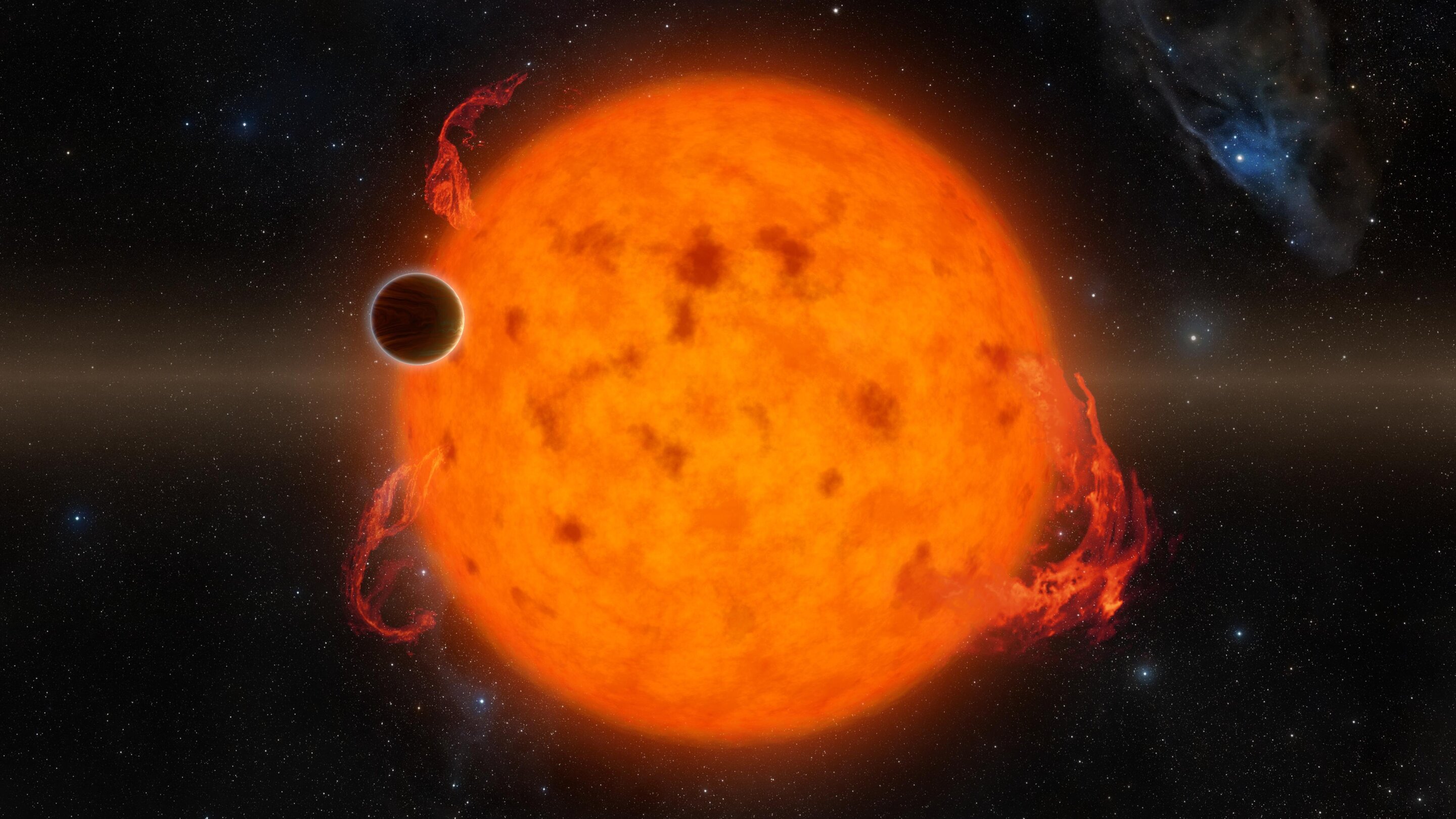
If you’ve been checking off a list of exoplanets looking for one that’s habitable and a potential replacement for Earth, then a new paper may put a damper on your plans. A letter from an astronomy researcher suggests that exoplanets that lie within the “habitable zone” of stars may, in fact, be made less habitable due to radiation bursts known as flares.
The habitable zone is a region around stars that is close enough for water to be liquid on the surface but far enough away that the water doesn’t evaporate into gas. Traditionally, searches for Earth-like habitable planets have focused on this zone as it is assumed that liquid water is a prerequisite for most forms of life as we know it. However, this assumption has been questioned recently with the discovery that even planets outside of this zone could be capable of supporting life.
The new research also questions the viability of the habitable zone, by pointing out the danger to life from flares from nearby stars. If a planet is close to its star, it will be subject to bursts of dangerous radiation when its star flares. A planet may be protected against this radiation if it has a thick enough atmosphere or magnetic shielding like Earth does. But without these advantages, life on the planet would be under extreme threat.
To work out how dangerous flares are to potential life on nearby planets, researcher Dimitra Atri looked at 70 flare events that were observed between 1956 and 2012 and simulated how they would have interacted with planetary atmospheres. He found that flares could dramatically increase levels of radiation on the surface of planets, and that potentially habitable conditions could be destroyed by this increase.
“As we continue to explore the planets of the solar system and beyond, discovering if these planets have the ability to support life continues to be of immense importance,” Atri said in a statement. “More progress in this area will improve our understanding of the relationship between extreme solar events, radiation dose, and planetary habitability.”
The findings are published in the journal Monthly Notices of the Royal Astronomical Society Letters.
Editors' Recommendations
- James Webb researcher on how telescope will investigate exoplanet atmospheres
- This exoplanet has two suns – just like Tatooine
- Exoplanet with eccentric orbit discovered in the habitable zone of a red dwarf
- Astronomers use new method to discover planet orbiting two stars
- Astronomers discover bizarre exoplanet orbiting three stars




